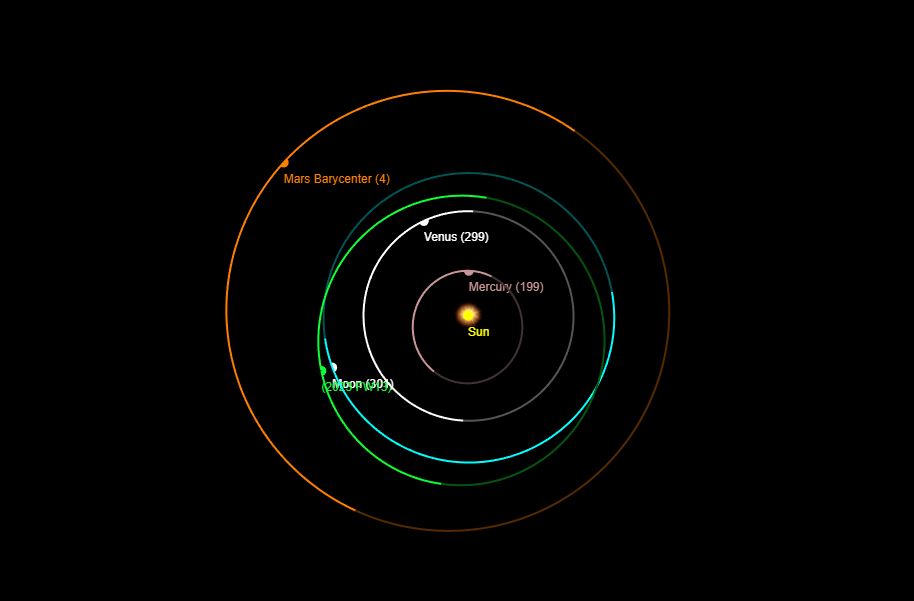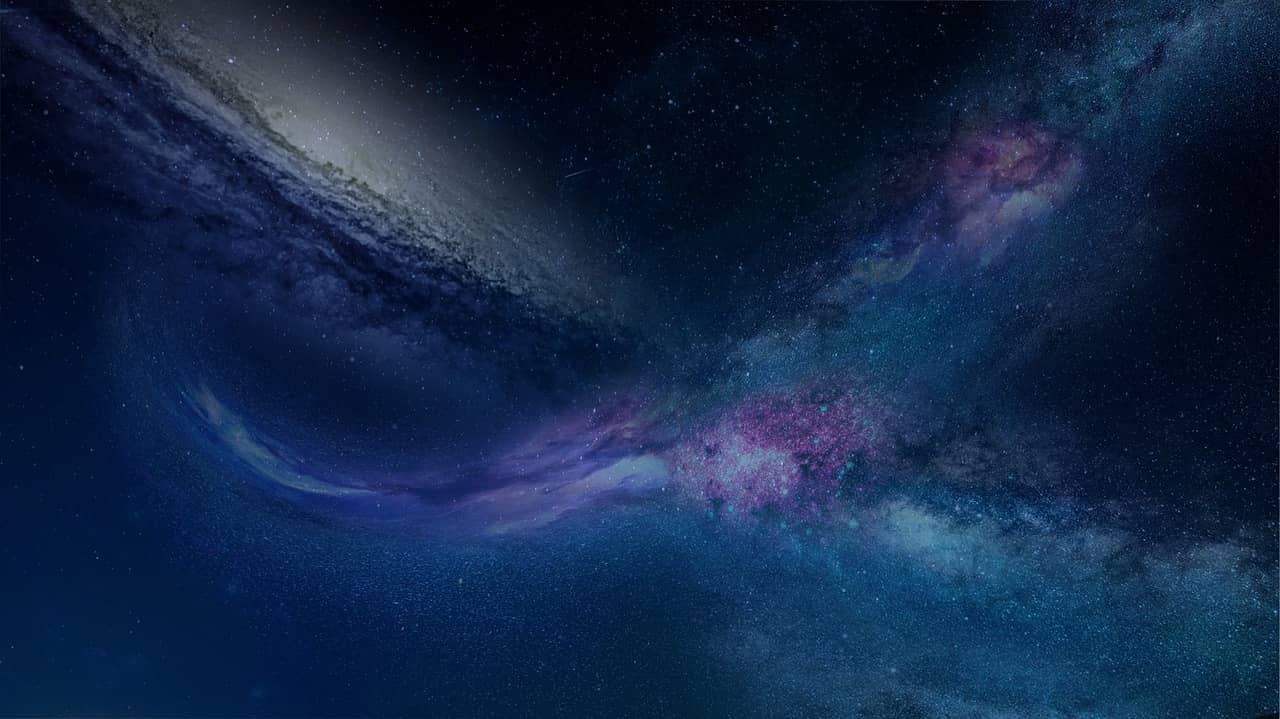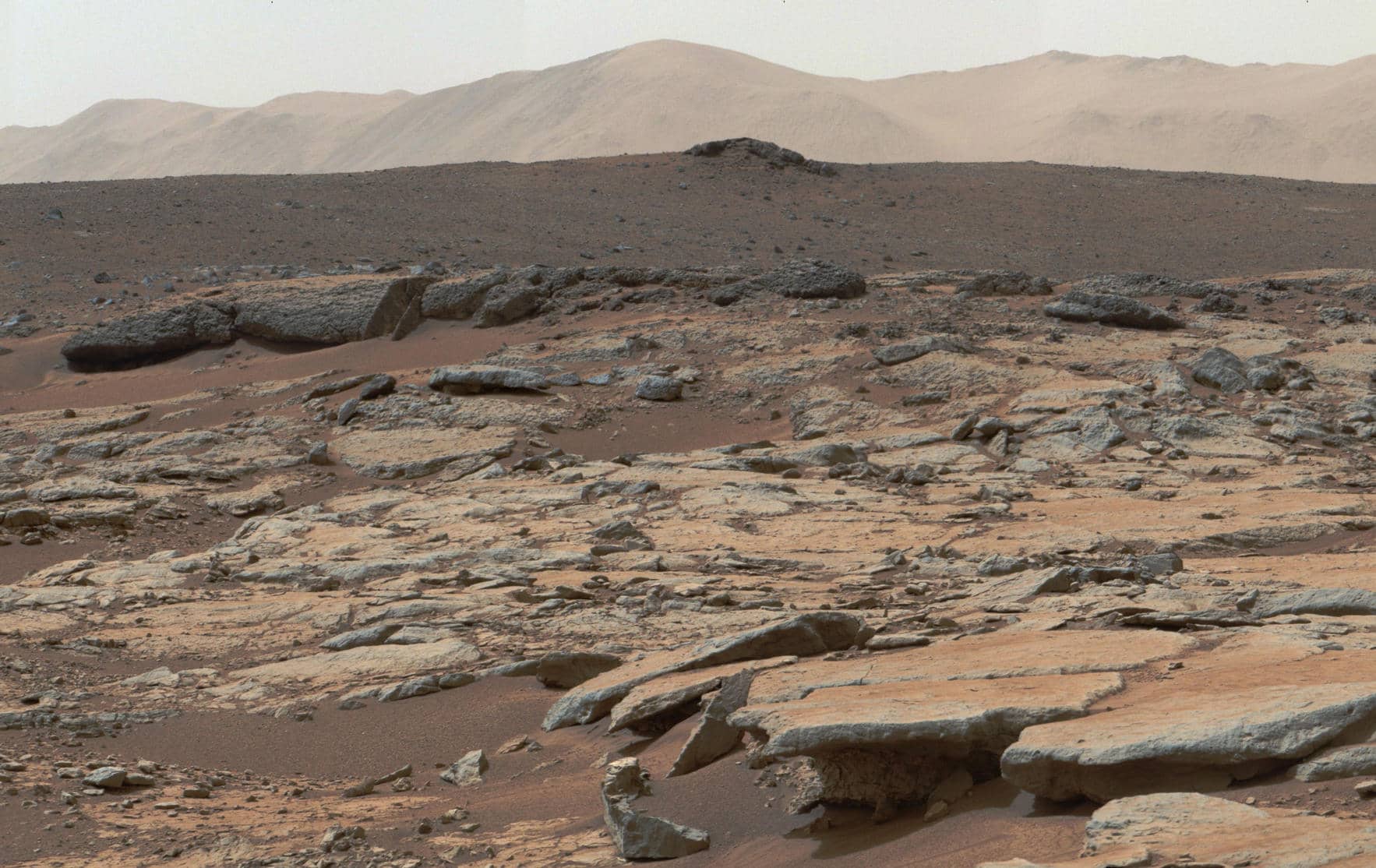According to a new study, Earth now has a new “quasi-moon”. A quasi-moon is a space rock that orbits the Earth but is gravitationally bound by the sun. One of only a few known quasi-satellites, 2023 FW13 was found by astronomers using the Pan-STARRS telescope at the summit of the Haleakala volcano in Hawaii. According to experts, the old cosmic companion has been close to Earth since 100 BC and will continue to orbit it at least until AD 3700, or around another 1,500 years. Fortunately, it is not believed that either 2023 FW13 or the similar quasi-moon 469219 Kamo’oalewa would endanger life on Earth.
These kinds of celestial objects frequently have the appearance of orbiting our planet similarly to the moon, which is our natural satellite. However, because they are gravitationally tied to the sun rather than Earth, they are given the prefix “quasi”. In contrast to our moon, 2023 FW13 orbits well outside of the Earth’s “Hill sphere,” the area where the planet’s own gravity acts as the main force drawing satellites to it. The radius of 2023 FW13 from Earth is about 1.6 million miles (2.5 million kilometers), whereas the radius of the Earth’s Hill sphere is 932,000 miles (1.5 million kilometers).
“‘The dimension of the loop – about 0.18 astronomical unit in radius – is so large that Earth plays essentially no role in its motion,’ Alan Harris, a senior research scientist at Space Science Institute in Boulder, Colorado, said. “[2023 FW13 is] in no way associated with Earth other than by chance.”
PanSTARRS made the first observation of 2023 FW13 on March 28 before numerous other telescopes confirmed its existence. Although the size of 2023 FW13 has not been confirmed, asteroid experts believe it to be 30 to 50 feet (10 to 15 meters) in diameter. This is a mere sliver of the 2,159-mile (3474 km) diameter of our moon, which is classed as such according to its orbital properties rather than its size. The orbit of 2023 FW13 around the sun lasts 365.42 days (1.0005 Earth years), which is almost exactly the same as Earth’s orbital period. While it travels around the Earth, its orbit is so lengthy that it extends out halfway to Mars and halfway to Venus.
Does the Earth have other quasi-moons?
The Earth has 7 known quasi-satellites. However, as 2023 FW13 shows, there are probably still a great number of undiscovered cosmic companions. Before eventually slipping out of the planet’s orbit, quasi-satellites typically travel along a “stable” route for more than a few decades. According to amateur astronomer Tony Dunn, 2023 FW13 is unique since it has existed in a quasi-state for centuries and will continue to do so “for many more centuries to come.”
Meet newly-discovered asteroid 2023 FW13. @AdrienCoffinet noticed it is a quasi-satellite of Earth.
Astronomer, Sam Deen, located precovery images which help confirm the 1:1 resonance with Earth. This is the same type of orbit as Kamoʻoalewa (2016 HO3). https://t.co/c9EnXVooXY pic.twitter.com/BY2GEOPGzL— Tony Dunn (@tony873004) April 4, 2023
PanSTARRS also made the discovery of the well-known quasi-satellite 469219 Kamo’oalewa or 2016 HO3 in April 2016. Experts estimate that 469219 Kamo’oalewa, which has a diameter of up to 330 feet (100 meters), will only remain in this orbit for about 300 years. According to a recent analysis, 469219 Kamooalewa may be an old piece of our moon. The space rock was thought to be formed of the same mineral composition as lunar rocks from NASA’s Apollo missions, according to analyses of light reflected from it.





